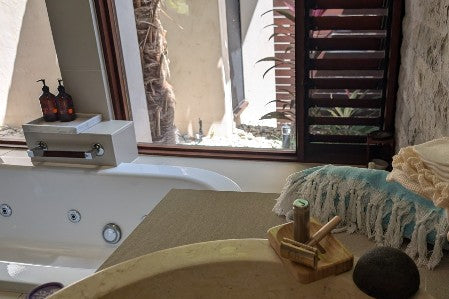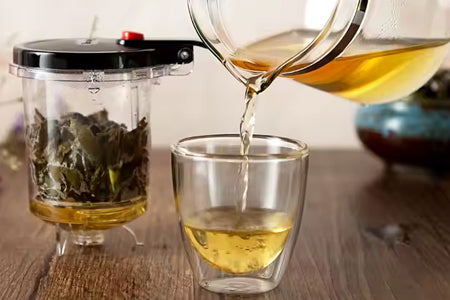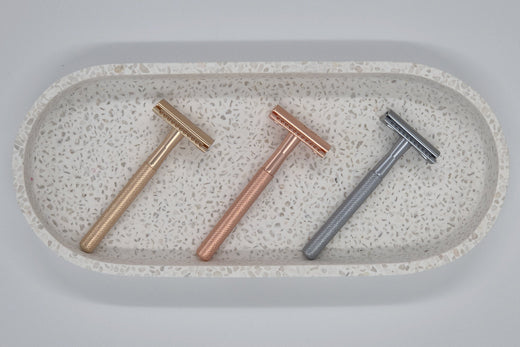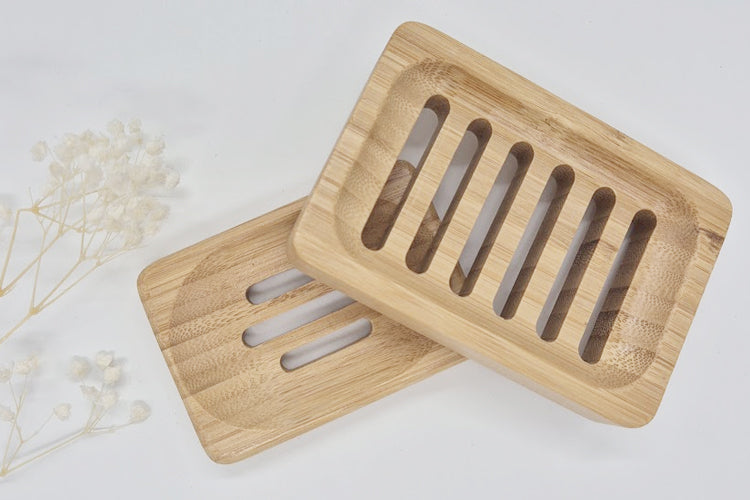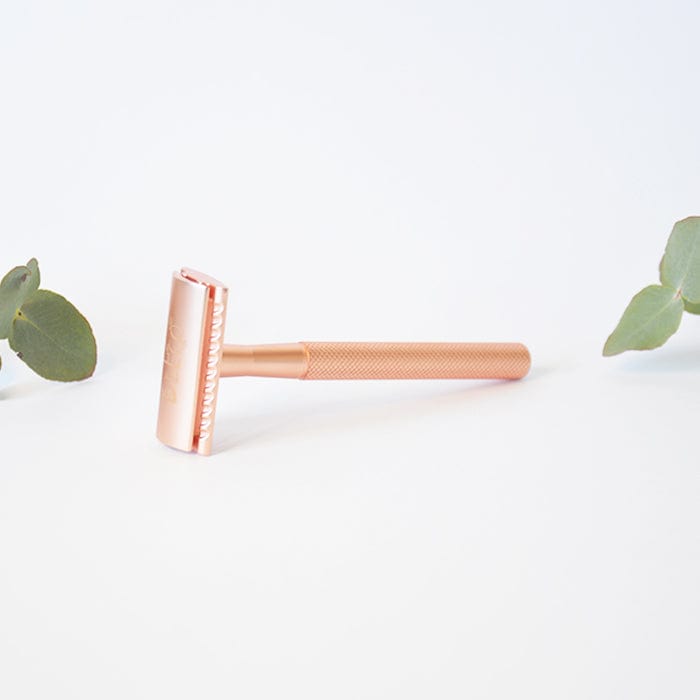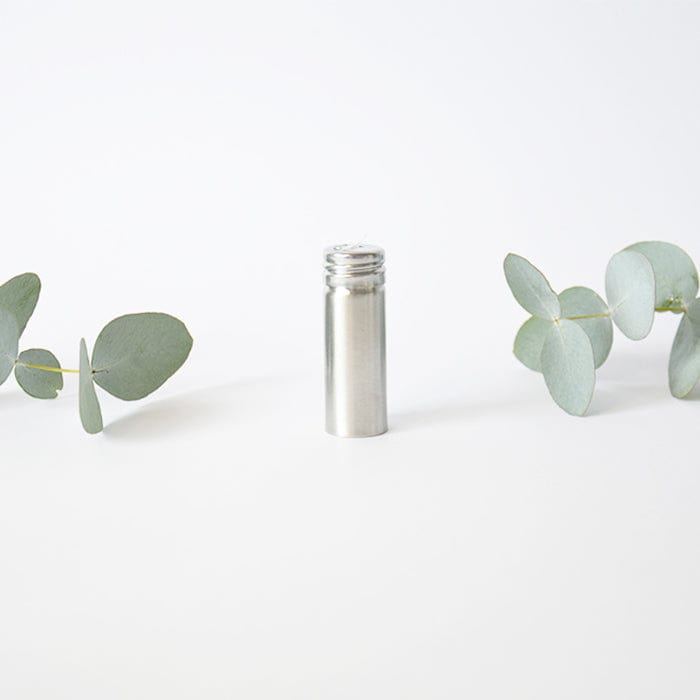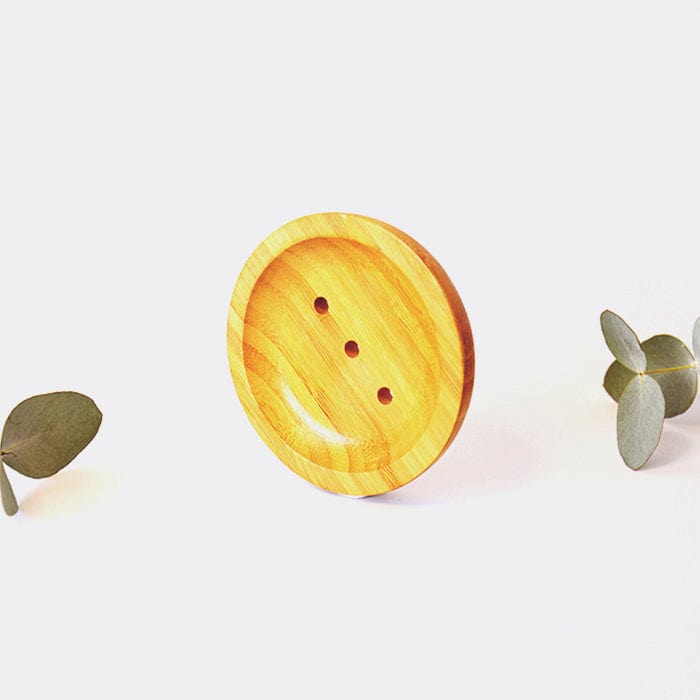Once in landfill food scraps and organic waste release methane, a harmful greenhouse gas. The emissions from landfill make up about 3% of Australia’s total greenhouse gases, as much as the entire airline industry created (2019 levels). Imagine what a difference we could make if we all started composting our food scraps and green waste!
For those who aren't in the habit of composting or owning a worm farm it can seem daunting, but the benefits are well worth the effort. Here's why we love composting:
- Reduces the amount of waste entering landfill
- Creates nutrients for your garden to enriches soil
- Reduces the need for chemical fertilizers
- Encourages the production of beneficial bacteria to break down organic matter
- Reduces methane emissions from landfills
- Lowers your carbon footprint
Composting
Composting uses the air to decompose your scraps creating heat. It needs a combination of food scraps and garden waste about half of each. For those without a garden or lawn it may be difficult to get the mix right. We like composting because:
- they are less fussy than worms, you can add things like garlic, citrus and onions which aren't good for worms.
- recycles your garden clippings and fallen leaves
- you get rich natural fertiliser for your garden and plants
All composting requires three basic ingredients:
- Browns - dead leaves, branches, and twigs.
- Greens - grass clippings, vegetable waste, fruit scraps, and coffee grounds.
- Water - Having the right amount of water, greens, and browns is important for compost development.
What you can compost:
- Fruits and vegetables
- Eggshells
- Coffee grounds and paper filters
- Tea bags
- Nut shells
- Shredded newspaper
- Cardboard
- Paper
- Yard trimmings
- Grass clippings
- Houseplants
- Hay and straw
- Leaves
- Sawdust
- Wood chips
- Cotton and Wool Rags
- Dryer and vacuum cleaner lint
- Hair and fur
- Fireplace ashes
What you can't compost:
- Black walnut tree leaves or twigs
- Coal or charcoal ash
- Dairy products (e.g., butter, milk, sour cream, yoghurt) - Create odor problems and attract pests
- Diseased or insect-ridden plants - might be transferred back to other plants
- Fats, grease, lard, or oils - Create odor problems and attract pests
- Meat or fish bones and scraps - Create odor problems and attract pests
- Pet wastes - Might contain parasites, bacteria, germs, pathogens, and viruses harmful to humans
- Yard trimmings treated with chemical pesticides - Might kill beneficial organisms
Composts need moisture and air to work efficiently. When starting a new compost pile it's important to consider the location of your compost bin. Pick a dry shady spot close to a tap or water source so you can add moisture as needed. Add garden clippings and food waste as collected and chop or shred large pieces. Moisten dry materials as they are added. Where possible get a bin that you can easily rotate or roll so you can keep the mix aerated.
Once your compost pile is established, mix grass clippings and green waste into the pile and bury fruit and vegetable waste under 10 inches of compost material.
It's recommended you cover the compost to keep it moist. When the mix at the bottom is dark and rich in color, your compost is ready to use. This usually takes anywhere between two months to two years.
Worm Farms
Worm farms do not require garden waste so can be a great option for those with limited space and no garden area. If you have a smaller household with limited food waste this can be a great option for you. You can keep it on a balcony, courtyard or even inside. A worm farm usually has several levels with a tap at the bottom where you can collect the worm casting which is like liquid gold for your plants. You need to dilute the liquid 10 to 1 with water as its powerful stuff, then water your plants with it and watch them grow!
Like a compost bin, you need to find the right home for you worms. Look for a cool dry place out of the sun. Setting up your worm farm:
- Put a couple of sheets of newspaper in the layer where the worms will live. This will stop them falling through and help to keep them moist.
- Add bedding material such as cow poo, sawdust or coconut fibre, this will make them feel at home.
- Add the worms! You could buy them from your local hardware store or local nursery. Spread them out over the bedding and cover with moistened newspaper or moistened hessian.
- Let them settle in for a week or so before you begin feeding them.
- Store the worm farm in a cool place out of the sun, they really need a constant temperature. Under the house or in your garage are good spots.
As well as keeping them cool, worms also need air. Using shredded paper can help to aerate them, but its also good to fluff up the top few inches with a fork regularly.
What to feed your worms:
Worms like a mix of paper and food, about 50/50 of each. Make sure everything is chopped small or shredded. If you give them too much the food will start to rot. So try to add food when half of the previous feed is eaten, and spread it out in a layer less than 5cm thick. What they eat:
- Fruit and vegie scraps,
- Crushed eggshells,
- Coffee grounds, tea bags or tea leaves
- A small amount of soft leaves, weeds and grass cuttings is ok
- Ripped up old envelopes, receipts, toilet rolls, egg cartons, non-glossy advertising materials, shredded newspaper and cardboard.
- Vacuum cleaner debris
What to avoid:
- Citrus fruit like lemons, oranges, grapefruit, and acidic fruit like pineapple
- Onion, garlic or spicy food
- Dairy foods like yoghurt, cheese, milk
- Fats and oils
- Meat & fish
- You can put a small amount of bread, rice and pasta
- No processed foods like pizza
- Anything non organic like plastic or foil
The worms will work their way through the food and their waste will pile up until you will need to move them to the next tray. To move them put the next layer add a new layer on top and put some food there. In a few days all the worms will move and you can remove the bottom layer, clean it and keep it aside until you need it again.
Keep an eye out for other pests as they can be a sign of imbalance. If you see ants, the farm is likely too dry. If you see flies, then you likely have too much food which has started to rot.
Many people think worms are gross, but in fact they are quite clean and a sign of healthy soil, their digestive system are know to destroys pathogens. If everyone had a worm farm our compostable garbage would be reduced by 1 tonne per person per year. They are really fantastic - so take good care of your worms and they will help you and the planet!
When you are ready to start your own home compost or worm farm, head to your local council website first. Many local councils subsidise up to 80% of the cost for the purchase of a new compost bin or worm farm!


